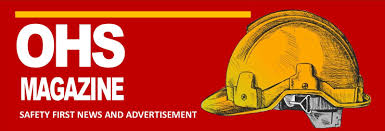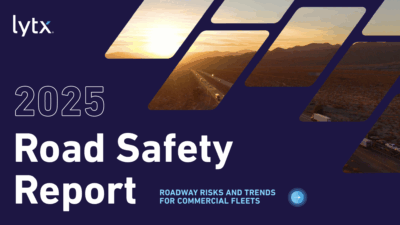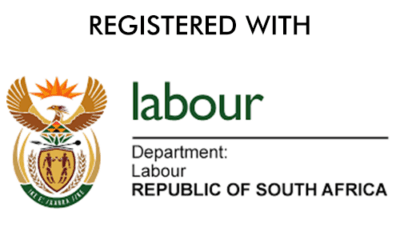Health services aim to improve road safety. THE Department of Health (DOH) launched a series of health and safety initiatives aimed at promoting responsible road use and reducing fatalities.
“Every year, an estimated 12,000 Filipinos die due to road crashes — that’s 33 lives lost daily,” said Health Secretary Teodoro Herbosa during Saturday’s Road Safety Summit held under the campaign “Basta Driver, Road Safety Lover.”
Drawing from his experience in motorsports medicine, Herbosa offered a striking comparison between road safety in everyday life and the rigorous safety protocols of Formula 1 racing.
Herbosa served as a flight surgeon at the Sepang Grand Prix from 2010 to 2013 — a rare distinction for a Filipino doctor.
“In Formula 1, we are trained to extricate a driver from a crash within 30 seconds,” he said. “There are protocols, equipment, and specialized teams ready at every corner of the track. We have 23 ambulance units, fire-retardant gear, and even a fully equipped hospital with a burn unit on-site.”
He emphasized that despite the high-speed nature of Formula 1, the infrastructure, discipline, and preparedness significantly reduce the risk of fatalities — something the Philippines could learn from.
“I wish all our roads were as safe as an F1 track,” Herbosa said. “It shows that if safety is a priority, we can prevent deaths and serious injuries.”
According to the Philippine Statistics Authority, road crash deaths rose by 39 percent in the past decade, from 7,938 in 2011 to 11,096 in 2021.
The DOH also reported over 37,000 road crash-related injuries in 2024 through its Online National Electronic Injury Surveillance System (Oneiss).
The DOH emphasized that road crashes are now among the top 10 leading causes of death among Filipinos ages 5 to 29.
Vulnerable groups such as motorcyclists, pedestrians, children, the elderly, and persons with disabilities are most at risk.
Herbosa also expressed concern over the rising number of vehicular accidents in the Philippines, especially those involving so-called “kamote riders” — a local term used to describe reckless motorcycle and public vehicle drivers.
He noted how technology, such as dashcams and mobile phones, has made such incidents highly visible on social media, often turning real-life tragedies into viral content.
“It’s become entertainment,” he said, referring to the proliferation of road crash footage online. “But we must not lose sight of the fact that these are real lives being affected.”
To address this public health crisis, the department provided free medical checkups, mental health services, safety simulations, and road safety seminars for drivers and commuters.
The initiative is part of the government’s broader effort to integrate health and safety education into everyday transport practices.
“Road safety starts with an educated and healthy driver, a roadworthy vehicle, and a safe road environment. It is a shared responsibility,” Herbosa said.
Participants received complimentary maintenance medications, multivitamins, healthy snacks, and water to help keep them alert during their travels.
Mental wellness was also a key focus, as the DOH linked stress and fatigue to a higher risk of accidents.
Through counseling and support services, the department hopes to ensure that mental health becomes a central part of road safety discourse.
By intensifying its educational efforts, the DOH aims to shift public behavior toward more disciplined and responsible use of roads — whether on foot, by bicycle, motorcycle, jeepney, or car.
The department also reiterated the importance of prevention as a core pillar of public health.

















